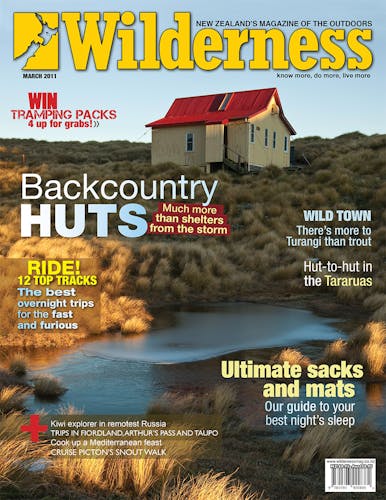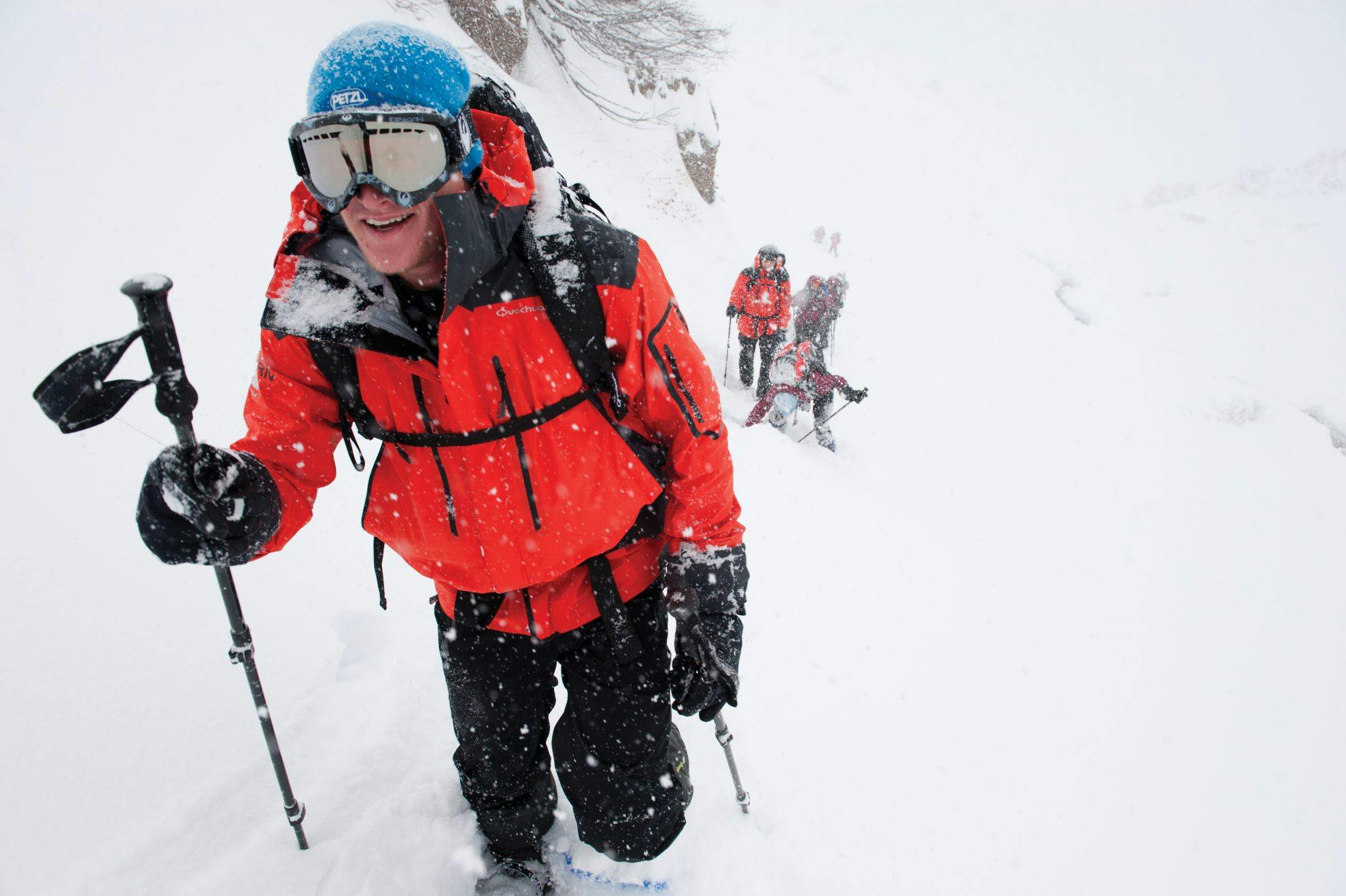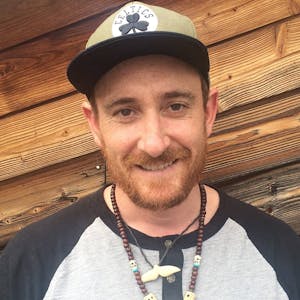Josh Gale meets a young explorer mixing it with the world’s best
Exertion in subzero conditions don’t seem a natural fit for blond and jagged-haired Hayden Cockburn who lives near Auckland’s Eastern Bay beach and represented New Zealand in the Laser Radial World Championships. Wearing board shorts and a t-shirt, the 20-year-old marine biology student looks like he’s be happiest carving up a wave rather than boiling snow in a blizzard.
But out of about 10,000 applicants from around the world, Cockburn was selected for the Young Explorers Programme run by world-acclaimed solo adventurer Mike Horn. “He’s the most inspirational person I’ve ever met,” says Cockburn. “Everyday he’d give us talks on how he achieved everything he has. I’ve learned a lot and now I can accomplish more.”
From the initial group of 34 young explorers participating in the programme, Cockburn was one of five chosen to accompany Horn on an expedition of their own choosing. Cockburn and his four team members “got out the map” and chose the isolated Kamchatka Peninsula in Russia. Part science expedition, the team of young explorers measured climate conditions and snow quality as well as helping with a project trying to reintroduce sled-dogs, which have an important place in indigenous culture.
Kamchatka is known as ‘the land of fire and ice’ because it is a vast frozen land with 127 dormant and 22 active volcanoes. It also has the highest active volcano in Eurasia, which is 1000m taller than Aoraki/Mt Cook. Cockburn and his team spent three weeks on the peninsula often trekking 30km a day through knee-high snow while pulling 120kg supply sleds. “When we first started, I thought three weeks of this would be fine, says Cockburn/ “But when we got to the first hill I physically could not pull the sled up. We had to get three or four people pulling and it took a few hours just to get up the first lip of the mountain.”
In the first few days Cockburn experienced the land’s extremes in spades. While visiting a thermal area a blizzard swept in and forced the group to make an emergency base camp. “The wind was so strong and the snow was pelting on us hurt so much we couldn’t stand there,” says Cockburn. “We had to dig down to make our base camp and share watched to shake snow off the tents because we were getting buried.” Cockburn then made the mistake of taking one glove layer off. “At that time it was -35°C and my hand started to freeze. I didn’t know until I couldn’t move it at all. I went into a complete panic because if your cells start to die you might have to get it amputated,” says Cockburn. After putting on four pairs of gloves and swinging his hands the circulation came back. “I was lucky,” he says.
Everything from how to enter a tent and how to prepare to stop, through to what to eat and how to dry clothing overnight requires careful attention in such a hostile environment. “There’s a lot more involved than walking,” says Cockburn. At night he would strip off his damp clothing and put them in his sleeping bag with him. “The heat from your body pushes the vapour and humidity out. It forms and ice layer on the inside of your sleeping bag but when you wake up your stuff is dry.”
He’s glad he still has both hands for surfing and says his exploration of the Kamchatka made him “a lot tougher” and is only the beginning of his adventures. On the cards is walking the Amazon or climbing K2, but Cockburn says for now he wants to keep an open mind.
“I don’t really plan much. I just get an idea and I go and do it,” he says.








